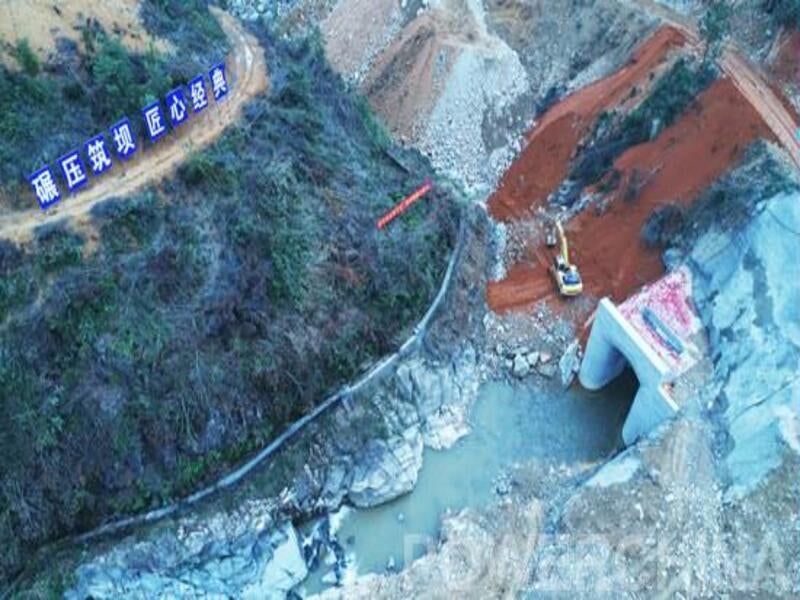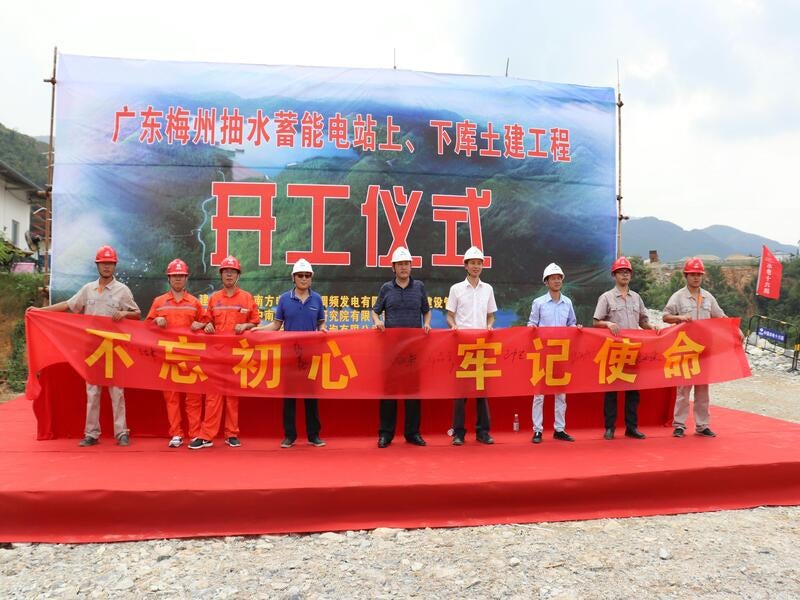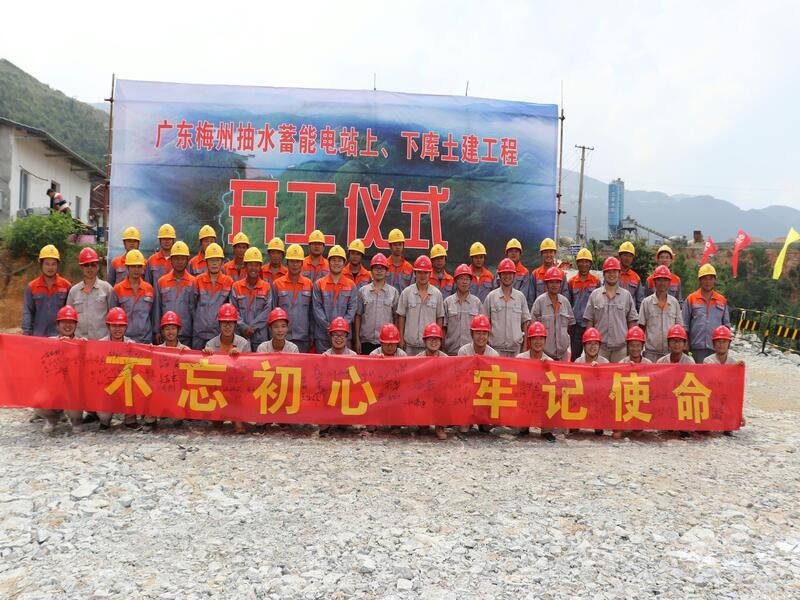The Meizhou pumped storage power project is being developed in two phases in the Guangdong Province of China for a total capacity of 2.4GW.
China Southern Power Grid is building the hydroelectric facility with a total investment of approximately £1.36bn ($1.7bn). Phase one, which is estimated to cost approximately £720m ($1.1bn), involves the installation of the first four pump-turbine units.
China’s National Development and Reform Commission (NDRC) approved the project in July 2015. While the preliminary works were started in October 2015, the main construction works were started in June 2018.
Phase one is expected to be completed by June 2023, while the second phase is scheduled for commissioning by the end of 2025.
Location and site details
The Meizhou pumped-storage power station is located in Huangshi Village, near Longcun Town, Meizhou city, in southern Wuhua County, in the Guangdong Province of China.
Located in the middle of the eastern coastal industrial belt of Guangdong, the project site lies approximately 87km away from the Lufeng nuclear power plant and approximately 210km away from Guangzhou city.
The Wuhua 500kV substation is situated at a distance of 8km from the project site.
Meizhou pumped-storage facility make-up
The Meizhou pumped storage hydroelectric facility comprises an underground powerhouse, upper and lower reservoirs connected through a water delivery system, and a ground switch station.
The powerhouse will be equipped with eight 300MW single-stage, vertical-shaft, mixed-flow, reversible pump-turbine units operating at a water head of 400m.
The other components of the project include the main dam, auxiliary dam, spillway, inlet and outlet of the upper reservoir, cofferdam, diversion tunnel, main and auxiliary dam connecting road, and other auxiliary facilities.
Reservoir and dam details
The upper reservoir consists of the main concrete face rockfill dam with a crest elevation of 820m. While the maximum dam height is approximately 60m, the crest length measures approximately 500m.
The normal storage capacity of the upper reservoir is 41.02 million cubic metres (mcm), while the dead storage capacity is about 3.08mcm. The upper reservoir also has a secondary homogenous earth dam.
While the upper reservoir will have a regulated storage capacity of 37.94 million cubic metres (mcm), the lower reservoir’s regulated storage capacity will be up to 38.21mcm.
The upper reservoir lies in Longshidian while the lower reservoir is located in Huangshe village. The reservoirs will source water through Xianshui River, a tributary of the Qinjiang River in the Hanjiang River Basin.
The lower reservoir includes the main dam, a 35m-high auxiliary dam with a crest length of 233m, apart from the reservoir bank protection and diversion tunnel facilities.
Power evacuation
The electricity generated by the Meizhou pumped-storage power station will be evacuated to the Guangdong Power Grid through two 500kV transmission lines.
Contractors involved
Jiangxi Hydropower was contracted for the supply of the fire protection system of the Meizhou pumped storage power station in November 2020.
16th Bureau of Hydropower was engaged in the construction of the lower reservoir, auxiliary dam, along with the diversion tunnel work for a contract value of approximately £37.54m ($48.34m).
12th Bureau of Hydropower and 14th Hydropower Bureau was also engaged in the construction of the Meizhou pumped storage power station.
8th Hydropower Bureau was contracted for the construction of three spillway gates, upper reservoir along with the electrical and mechanical installation of equipment in August 2019.
It was also responsible for the construction of traffic, ventilation, and artesian drainage tunnels under a contract awarded in September 2015.
Meizhou pumped-storage power project background
China Southern Power Grid and Meizhou Municipal Government signed a framework agreement for the implementation of the Meizhou Wuhua pumped storage power station in November 2006.
The environmental assessment of the pumped storage power project was approved by the Ministry of Environmental Protection in August 2013.





